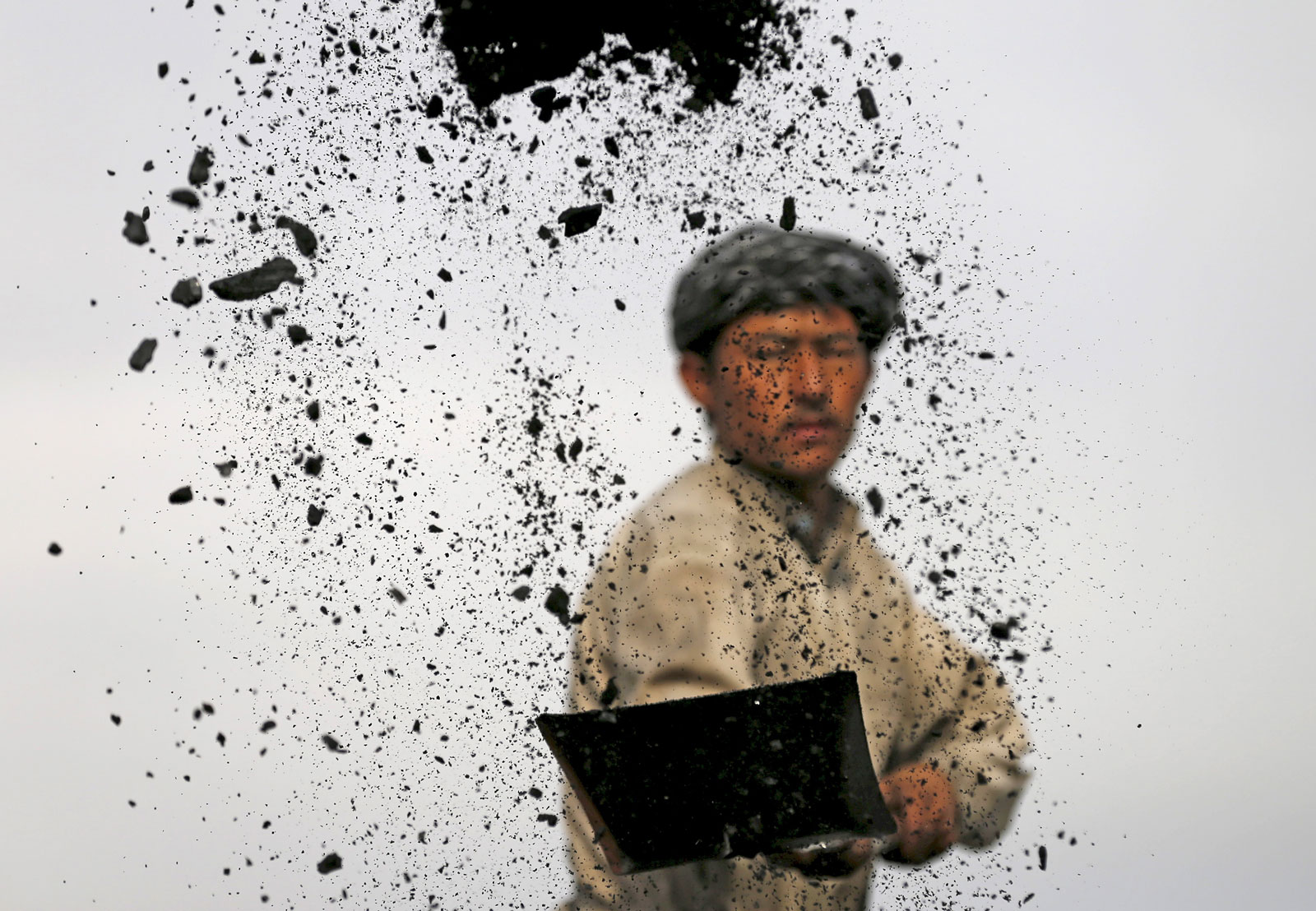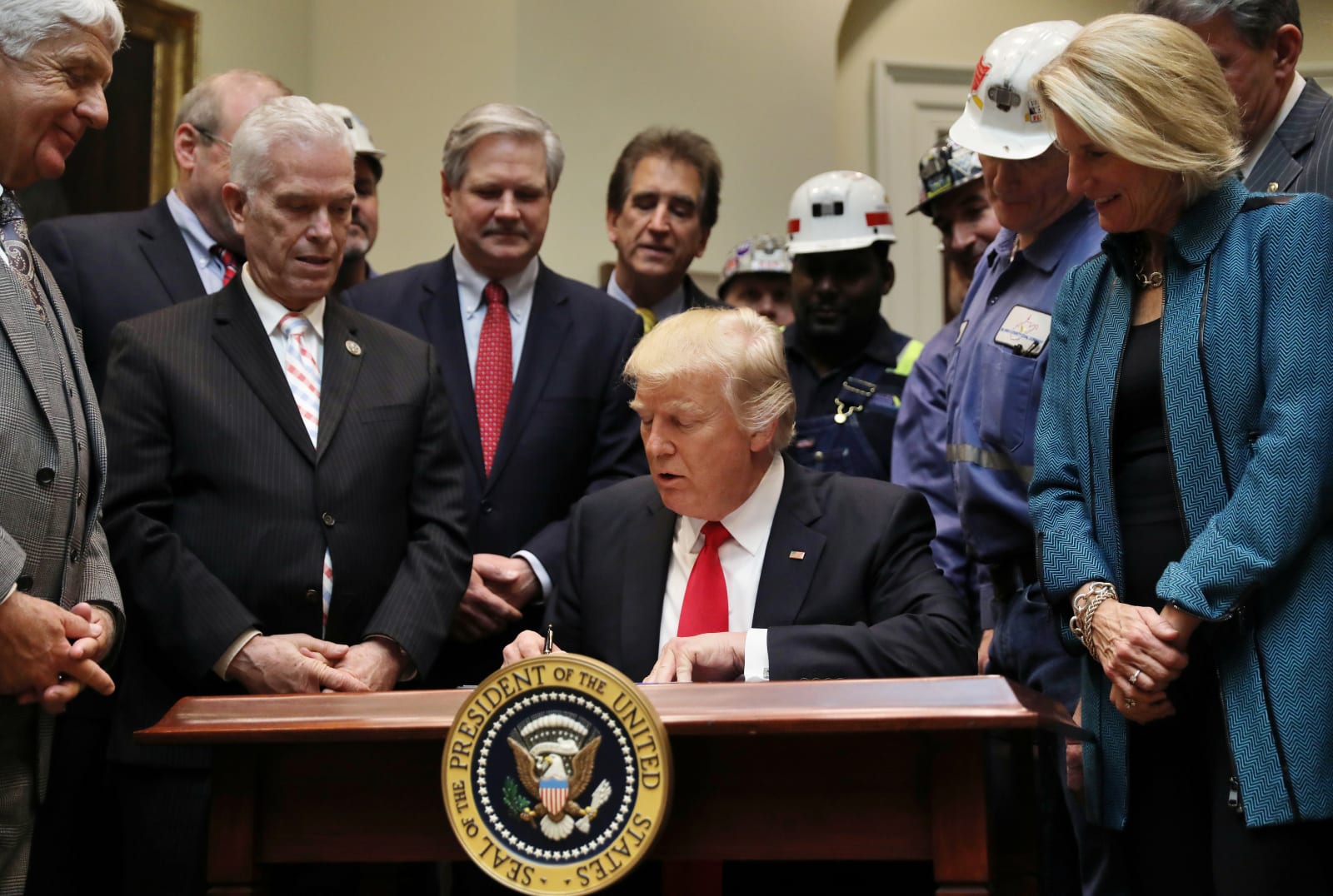Dear Donald Trump: Nothing like 'Clean coal'

"Clean coal" is an oxymoron. Even if you took a hunk of coal, doused it in bleach and scrubbed it for six hours with a soapy horsehair brush, it would still cause lung cancer and fill the air with carbon emissions when you burned it. Anyone who says otherwise is lying.
The president of the United States is lying.

Unfortunately, he isn't alone. "Clean coal" has been used as a euphemistic tool by advertisers, lobbyists and politicians for nearly a decade. The phrase was created in 2008 by the advertising agency R&R Partners -- the same folks who invented the Las Vegas slogan, "What happens here, stays here" -- and it's been weaponized in debates and ad campaigns ever since. The initial "clean coal" ads were bankrolled to the tune of $35 million by the world's largest mining company, the largest US coal mining company and a handful of other energy-industry giants.
The term isn't completely baseless (though it is still nonsensical). Plenty of companies in the industry were -- and still are -- working on ways to reduce the amount of carbon emitted by the coal-burning process. One method favored by US companies is carbon capture and sequestration (CCS), which would separate out the carbon dioxide in the air and store it in a secure location such as an oil, gas or deep saline reservoir.
The Department of Energy has historically been interested in two methods of CCS: pre- and post-combustion capture. Pre-combustion is the more efficient method, allowing operators to remove carbon dioxide from the coal as it is being transformed into a gas. Unfortunately, this requires the construction of new coal-burning power plants, which is a costly endeavor. On the other hand, post-combustion systems can be retrofitted onto existing power plants and extract carbon dioxide directly from the boiler.
No comments